
Savonlinna research infrastructure
On this page
The Savonlinna research infrastructure is located in the Noheva Technology Park, where Luke and the South-Eastern Finland University of Applied Sciences (XAMK) are developing a bioeconomy campus. The Savonlinna Technology Park houses a vegetative propagation technology platform, special greenhouses, and technical work facilities and equipment. Research is conducted in Punkaharju in research forests, nurseries, and field trial areas.


The technology platform for the vegetative propagation of forest trees is located in the Kasvu 1 building, completed in autumn 2019, next to the Fiber Laboratory. The forest tree vegetative propagation laboratory and its associated greenhouse are used to develop and pilot forest tree tissue culture and cryopreservation methods that can be used to transfer the results of forest breeding into practice more effectively, improve the sustainability properties of forest trees, and increase carbon sequestration. The same methods can also be applied to the preservation of forest tree genetic resources.
The Punkaharju research forests are located in the Savonlinna and Kitee areas. There are eight separate plots with a total area of 773 hectares.
Kasvu 1 - platform for vegetative propagation
Kasvu 1 is a research and development platform for vegetative propagation. It can be used to pilot the production of vegetatively propagated seedlings on a practical scale. The production capacity for propagated seedlings is several million per year.
- Size: 549 m²
- Modern tissue culture facilities with aseptic working areas and the necessary equipment (e.g., autoclaves, laminar flow cabinets, substrate preparation equipment).
- Cryopreservation laboratory with a capacity of approximately 100,000 samples.
- Microscopy and molecular biology laboratory.
- In vitro cultivation facilities (4) and germination rooms for cell cultures and seedlings, with fully adjustable and automated temperature, humidity, and lighting conditions.
- Large cold storage (+ 2 °C).
- The laboratory is equipped with all the modern equipment needed for cell culture and cryo-research, including a research microscope equipped with UV light and basic molecular biology equipment.
- In addition, unique robotics have been developed for the platform for the germination phase of somatic embryogenesis, i.e., embryo multiplication.
- The platform is registered for GM research and cryopreservation of GM material.


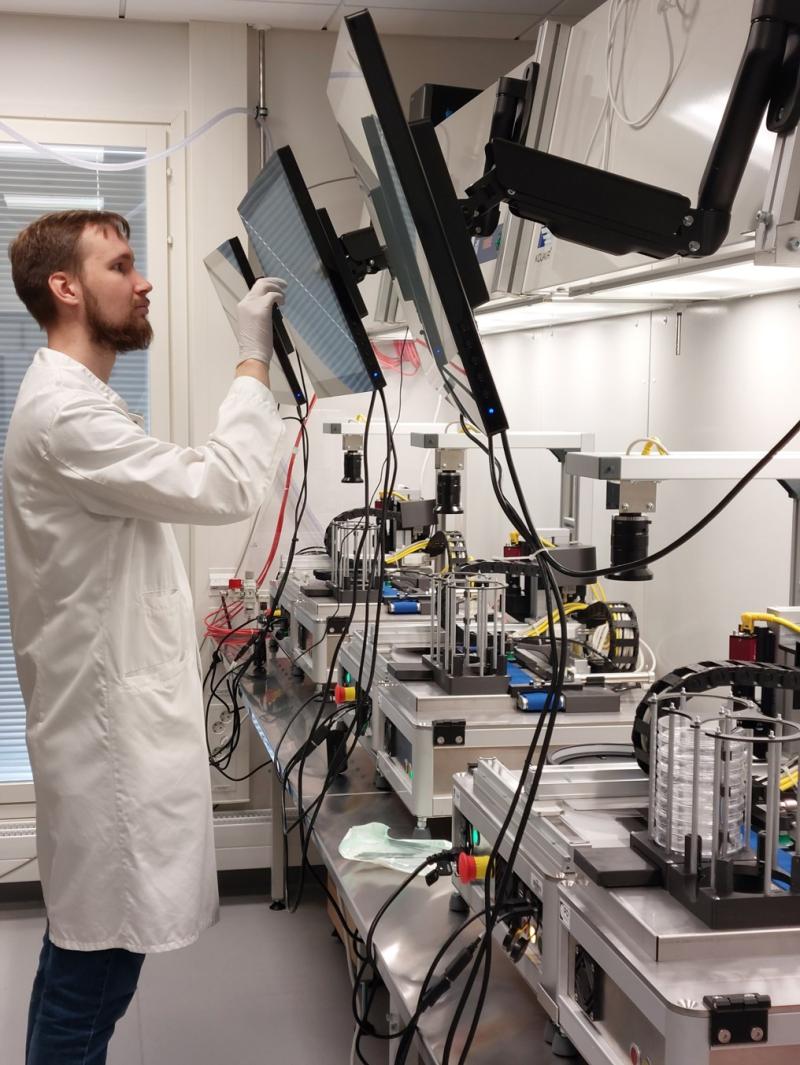
Kasvu 2 - special greenhouses and facilities
Kasvu 2 consists of both special greenhouses and other research facilities. Size: 547 m2.
Special greenhouses are used to grow seedlings under carefully controlled conditions. The facilities are isolated and suitable for growing plants of different sizes and for researching GM material or pathogens and pests.
- Two separate 72.5 m2 greenhouse units with automatic climate control: shading and blackout curtains, LED lights, humidity and temperature control.
- The facilities are isolated and waste management is carried out using a crushing autoclave.
- Growing tables can be moved to the sample processing room on wheels.
Kasvu 2 also has plenty of other research facilities and equipment related to the processing of various samples and, for example, the measurement of tree growth, properties, and the environmental performance of timber.
- Measurement and pre-processing facilities
- Processing of field trial materials and samples.
- Controlled sample drying chamber with drying facilities suitable for a wide range of samples, including pollen, seed drying, and bulbs.
- Storage facilities (-5, -20 °C) for frozen samples.
- LINTAB 6 Scientific Package lustomicroscope equipment for counting or measuring tree rings.
- Dark room for optical tree measurements and measuring device that uses UV light to determine phenolic extractives from fresh or dried wood samples. A more detailed description of the method can be found in Belt et al. 2021, Industrial Crops & Products, https://doi.org/10.1016/j.indcrop.2021.113395. (doi.org)
- Space for field equipment and personnel.
- Separate soil testing field for measuring the environmental performance or rot resistance of wood in accordance with standard EN252, 500 m2.
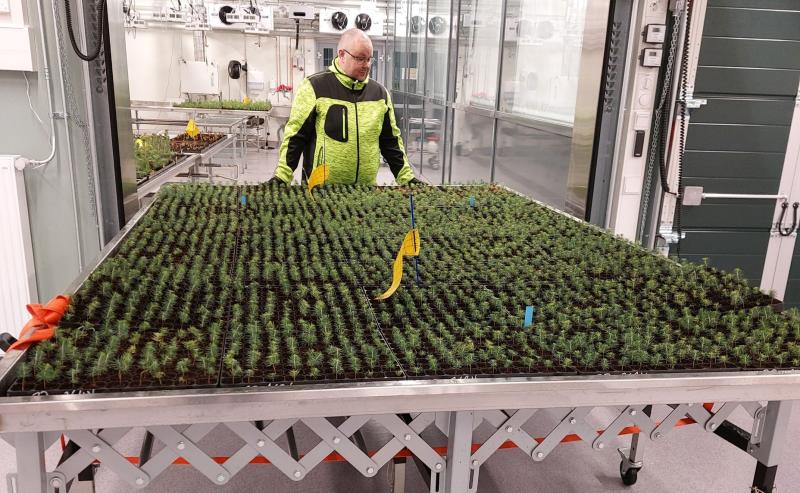
Research forests
- The Punkaharju research forests have a total of eight separate parcels, covering a total area of 773 hectares.
- The core area of the research forests is the Research Park in Punkaharju, which covers 336 hectares. The Research Park is characterised by the presence of foreign tree plantations and forestry experiments and collections. The research park is located near the Lusto Forest Museum and has become an interesting hiking destination.
- The research forests use the same treatment lines as the other areas. The total number of experiments in the Punkaharju forests is about 350, covering an area of 280 hectares.
- A virtual version of the research park is also available: the area and the research activities carried out there, as well as the various forms of forest bioeconomy, opportunities and multiple uses of forests in general, can be found at www.metsabiotalous.fi.


Areas of research
- Vegetative propagation of forest trees
- Growing of special trees
- Non-native tree species
- Forestry
- Processed forest reproductive material
- Wood quality characteristics
RI services of Savonlinna
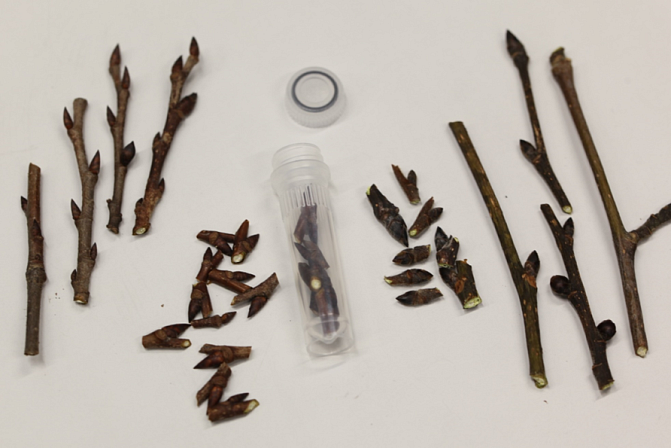
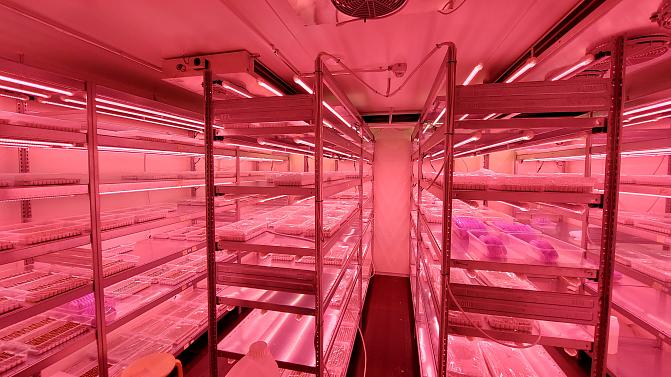
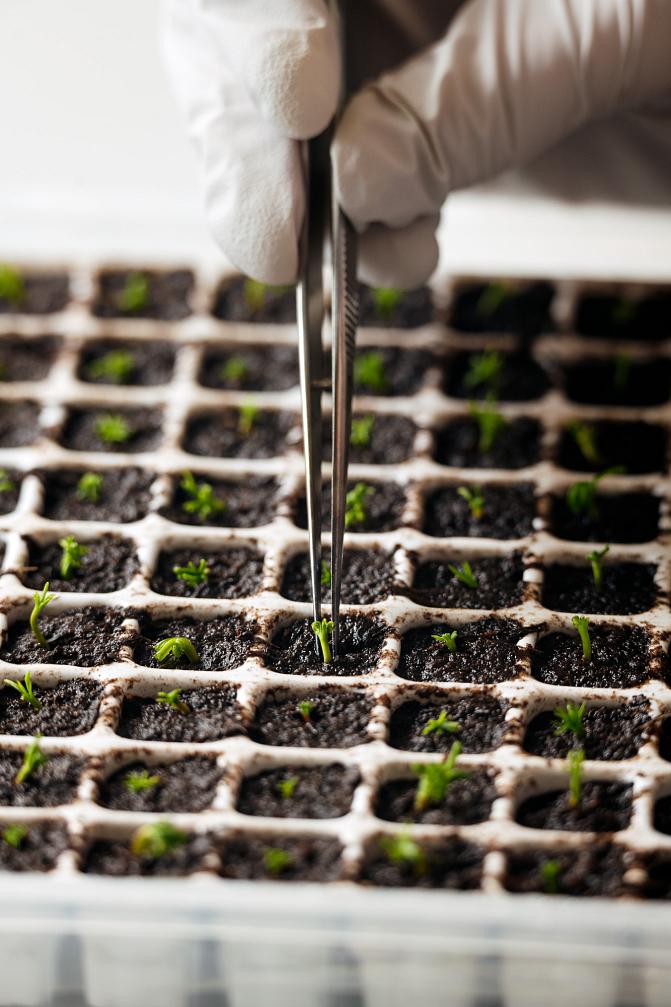
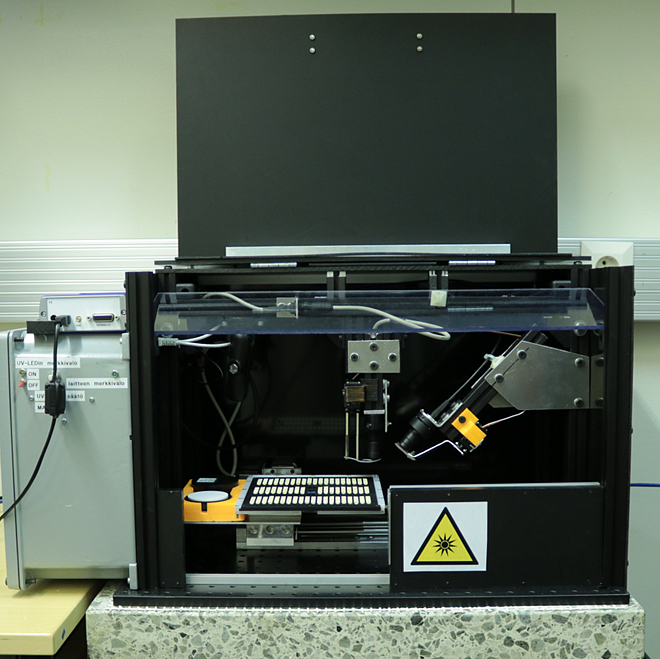
Contact
Allow marketing cookies to show the embedded content.


